Yew Shrub Care: Tips For Growing Yews
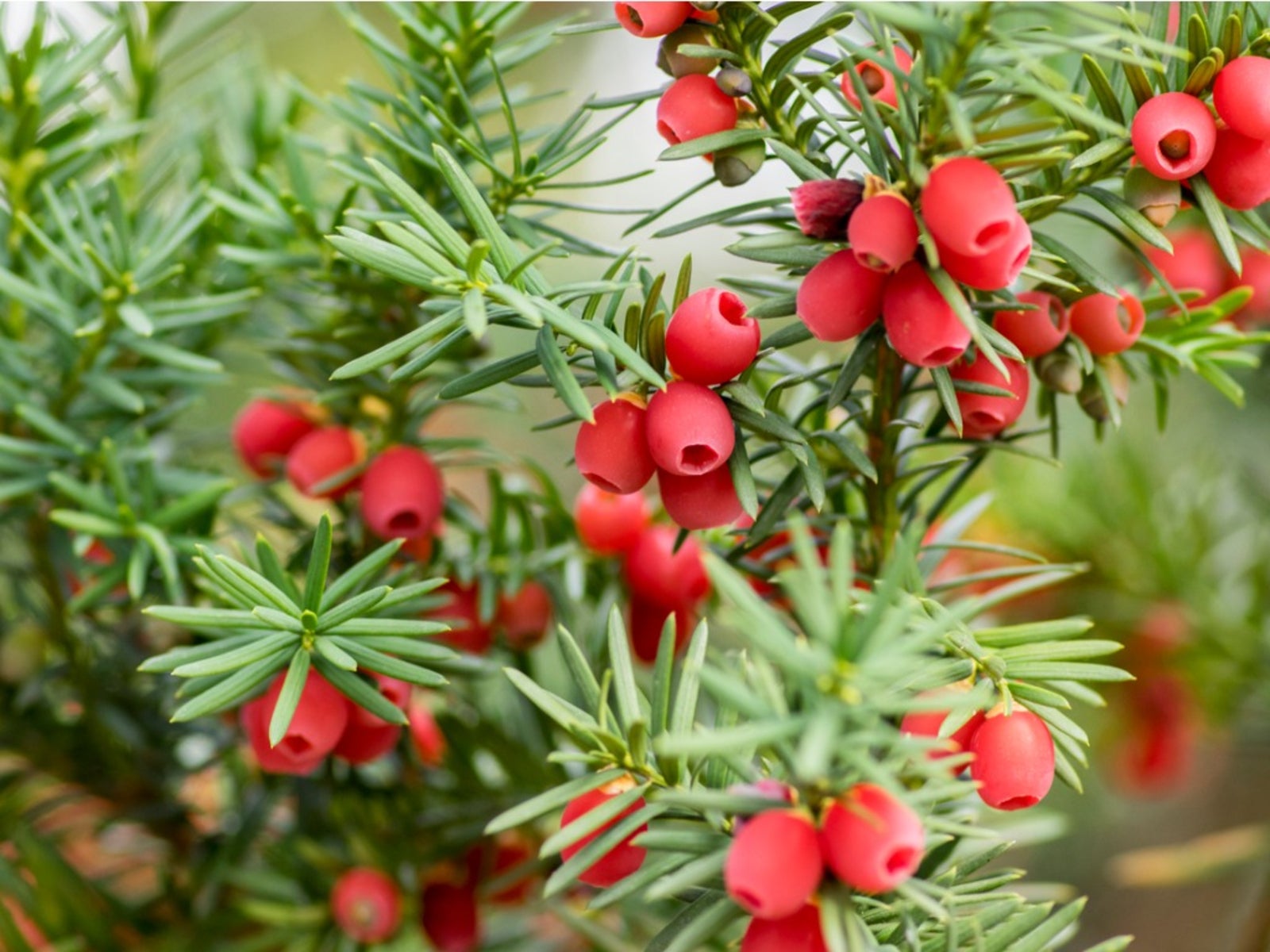
Yew is a great shrub for borders, entranceways, paths, specimen gardening, or mass plantings. In addition, Taxus yew shrubs tend to be drought resistant and tolerant of repeated shearing and pruning, making yew shrub care a relatively easy endeavor. Keep reading for more information on growing yews in the landscape.
Taxus Yew Shrubs
The Taxus yew shrub, belonging to the Taxaceae family, is a medium sized evergreen shrub native to the areas of Japan, Korea and Manchuria. The yew has green foliage with bright red berries.
All portions of the Taxus yew are toxic to animals and humans, with the exception of the fleshy portion of the arils (the name for the Taxus fruit). The fruit lays hidden amongst the foliage of the female plant until September, wherein the short lived arils turn a striking red shade.
Taxine is the name of the toxin found in the Taxus yew shrubs and shouldn't be confused with taxol, which is a chemical extraction of the bark of the western yew (Taxus brevifolia) used in cancer treatment.
Taxus x media is notable for its dark green, one inch (2.5 cm.) long evergreen needles. Although an evergreen, the yew's foliage may winter burn or turn brown in its northern range (USDA plant hardiness zone 4) and melt out in its southern range (USDA zone 8).
However, it will again return to its green hue in the early spring, at which time the male yew will shed dense pollen from its small white flowers.
Types of Yew Shrubs
Many cultivars and types of yew shrubs are available to the gardener, so those interested in growing yews will find a variety to choose from.
Gardening tips, videos, info and more delivered right to your inbox!
Sign up for the Gardening Know How newsletter today and receive a free copy of our e-book "How to Grow Delicious Tomatoes".
•If you're looking for a Taxus x media that's rounded when young and spreads with age, 'Brownii', "Densiformis", "Fairview", "Kobelli", "L.C", "Bobbink", "Natorp", "Nigra" and "Runyanii" are all suggested varieties of yew shrub.
•If you're desirous of a yew shrub that spreads more rapidly from the get go, "Berryhillii", "Chadwickii", "Everlow", "Sebian", "Tauntonii" and "Wardii" are cultivars of this type. Another spreader, "Sunburst", has golden yellow spring growth which fades to chartreuse green with a hint of gold in summer.
•"Repandens" is a slow growing dwarf spreader of about 3 feet (1 m.) tall by 12 feet (3.5 m.) wide and has sickle shaped, dark green needles at the ends of its branches (hardy in zone 5).
•"Citation", "Hicksii", "Stoveken" and "Viridis" are excellent choices for upright column-like specimens of the Taxus yew plant. "Capitata" is an upright pyramidal form, which can attain a 20 feet to 40 feet (6 to 12 m.) height by 5 feet to 10 feet (1.5 to 3 m.) width. It is often limbed up to reveal striking purple, reddish brown bark, making a stunning plant at entranceways, large foundations and in specimen gardens.
How to Grow Yew Bushes and Yew Shrub Care
Growing yews can be achieved in zones 4 through 8. While this evergreen shrubs flourishes in sun to partial sun and well drained soil, it is tolerant of most any exposure and soil make up, with the exception of overly wet soil, which may cause root rot.
Yews mature to a height of 5 feet tall by 10 feet (1.5 by 3 m.) wide and almost exclusively pruned into the size desired for a particular location. Slow growing, they can be heavily sheared into a variety of shapes and are often used as a hedge.
As mentioned above, the Taxus yew can be susceptible to root rot and other fungal disease brought on by overly wet soil conditions. In addition, pests like black vine weevil and mites are also issues which may afflict the shrub.
Generally speaking, however, the yew is an easy-care, drought tolerant and highly adaptable shrub available in many areas of the United States.

Amy Grant has been gardening for 30 years and writing for 15. A professional chef and caterer, Amy's area of expertise is culinary gardening.
-
 Looking For Plants To Give You The Soft And Fuzzies? Try These 5 Fuzzy Leaf Plant Options
Looking For Plants To Give You The Soft And Fuzzies? Try These 5 Fuzzy Leaf Plant OptionsLovers of texture, drama, silver foliage and tactile plants will adore these special sensory garden additions. These fuzzy leaf plant options will leave you all aglow
By Susan Albert
-
 Get Ready For A Summer Of Hummers! Grow These Full Sun Hummingbird Plants and Flowers
Get Ready For A Summer Of Hummers! Grow These Full Sun Hummingbird Plants and FlowersIf you’re lucky enough to enjoy a sunny backyard, make sure you are maxing out on your pollinator opportunities and grow these full sun hummingbird plants and flowers
By Tonya Barnett
-
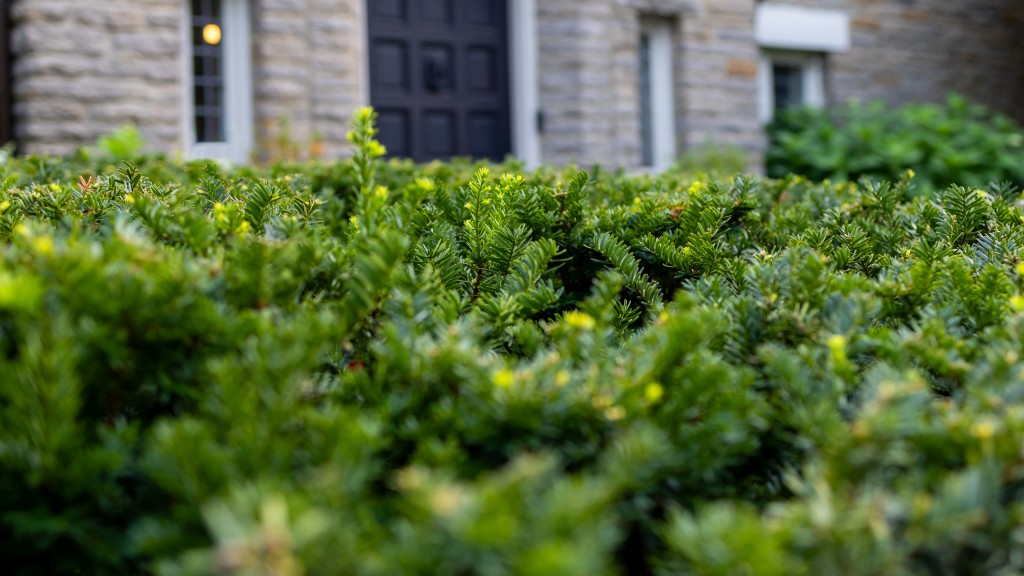 How To Grow A Dense Yew Hedge
How To Grow A Dense Yew HedgeHow To Prune A Yew Hedge For Bushier Growth
By Susan Albert
-
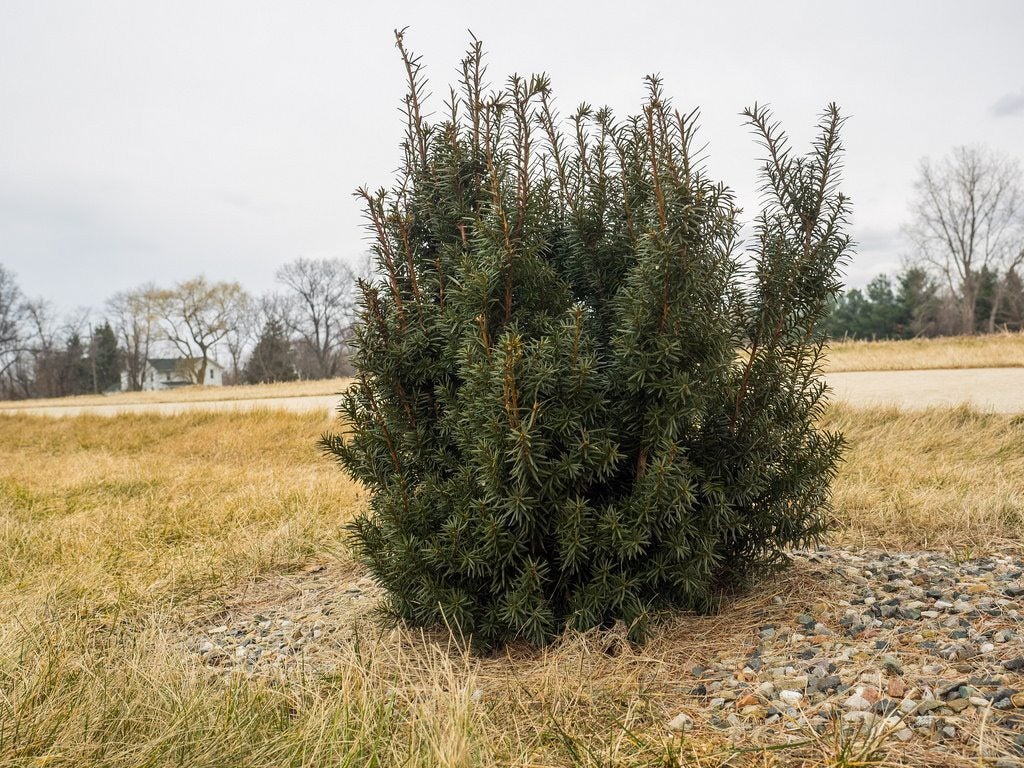 Hicksii Yew Information: How To Care For Hicks Yew Plants
Hicksii Yew Information: How To Care For Hicks Yew PlantsEven if you never heard of Hicks yew, you may have seen these plants in privacy screens. This evergreen shrub has long, upright-growing branches and dense, shiny foliage. It's an excellent choice for tall hedges. If you want more Hicksii yew information, click here.
By Teo Spengler
-
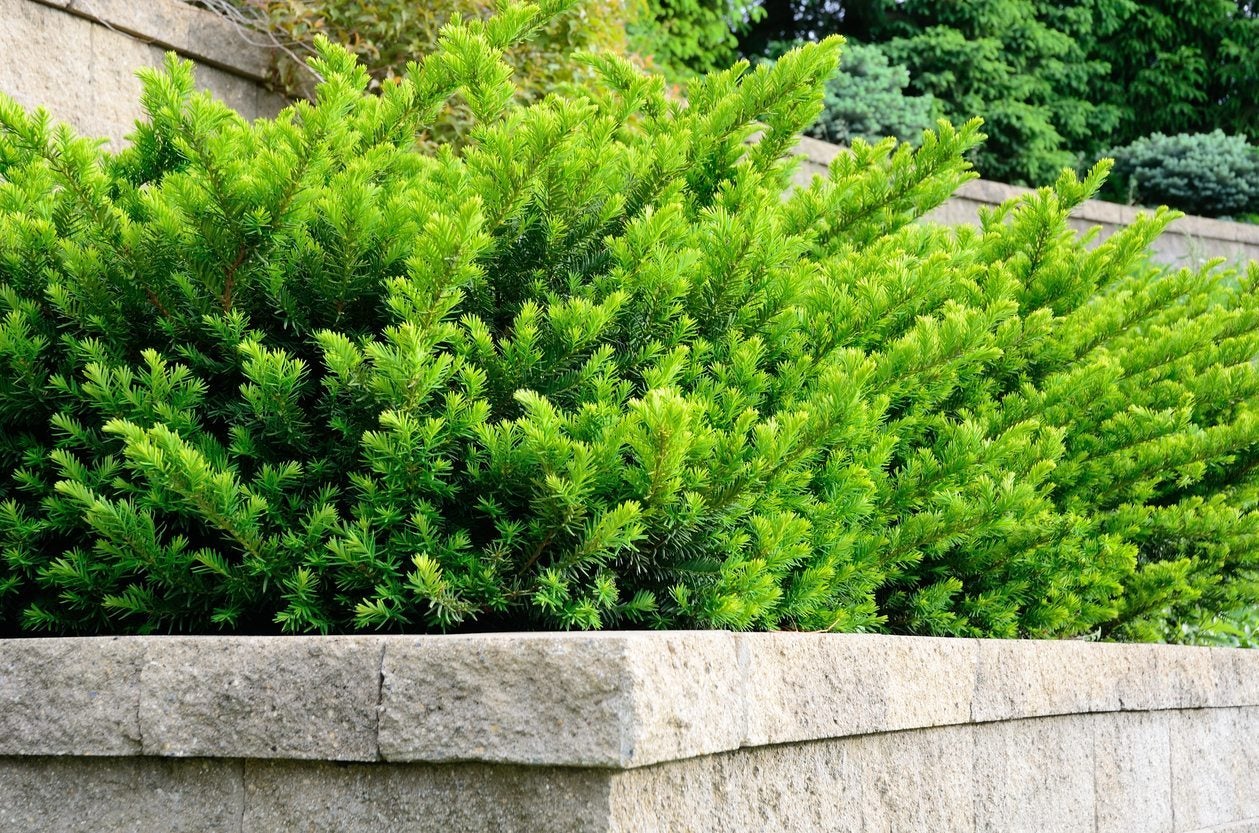 Taunton Yew Information – How To Care For Taunton Yew Shrubs
Taunton Yew Information – How To Care For Taunton Yew ShrubsNothing is more useful in a garden than an easy-care evergreen that does just fine in shady sites. Taunton yew shrubs fit the bill as short, attractive evergreens that tolerate shade. For more Taunton yew information, including tips on care, click this article.
By Teo Spengler
-
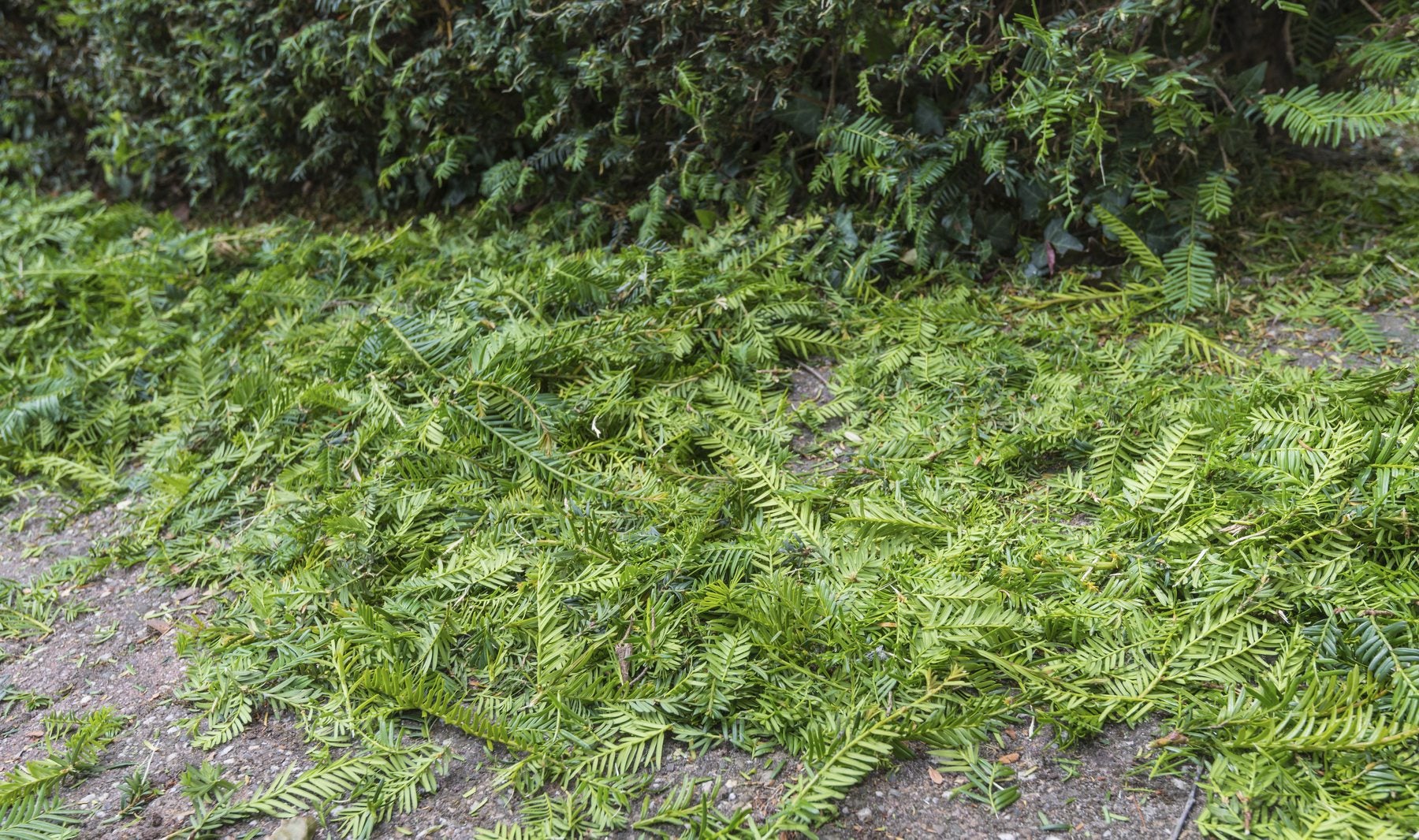 Pruning A Yew Shrub: How To Prune An Overgrown Yew Plant
Pruning A Yew Shrub: How To Prune An Overgrown Yew PlantUnlike some conifers, yews usually respond well to pruning. If you want to learn about pruning yew bushes, including how to prune an overgrown yew, then this article will help. Click here for additional information.
By Teo Spengler
-
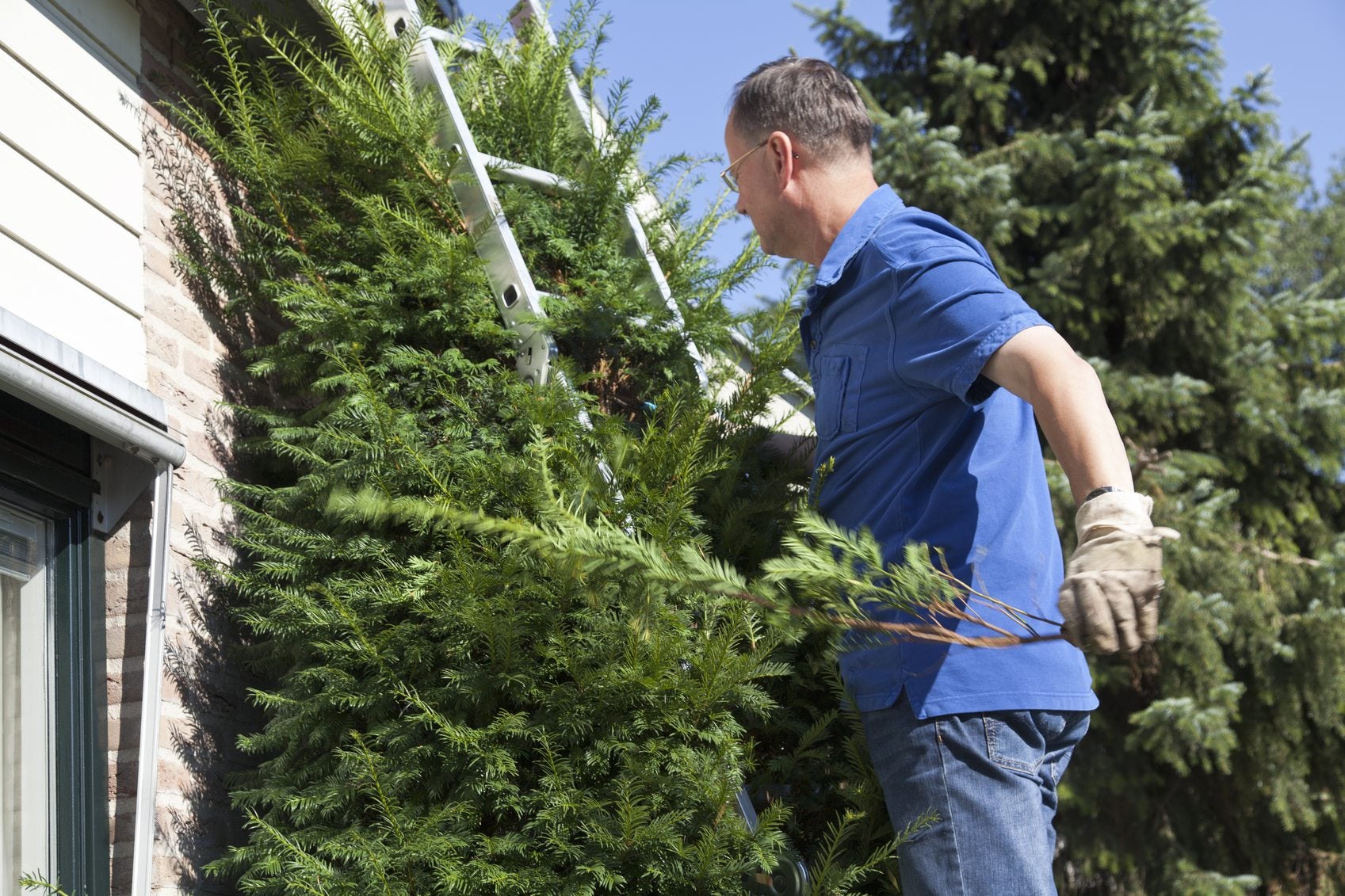 Japanese Yew Pruning Maintenance – Tips For Trimming A Japanese Yew
Japanese Yew Pruning Maintenance – Tips For Trimming A Japanese YewJapanese yew trees are long-lived evergreens often selected for specimen shrubs or hedges. Trimming a Japanese yew helps keep it an appropriate size or shape. Find tips on cutting back Japanese yews in the article that follows.
By Teo Spengler
-
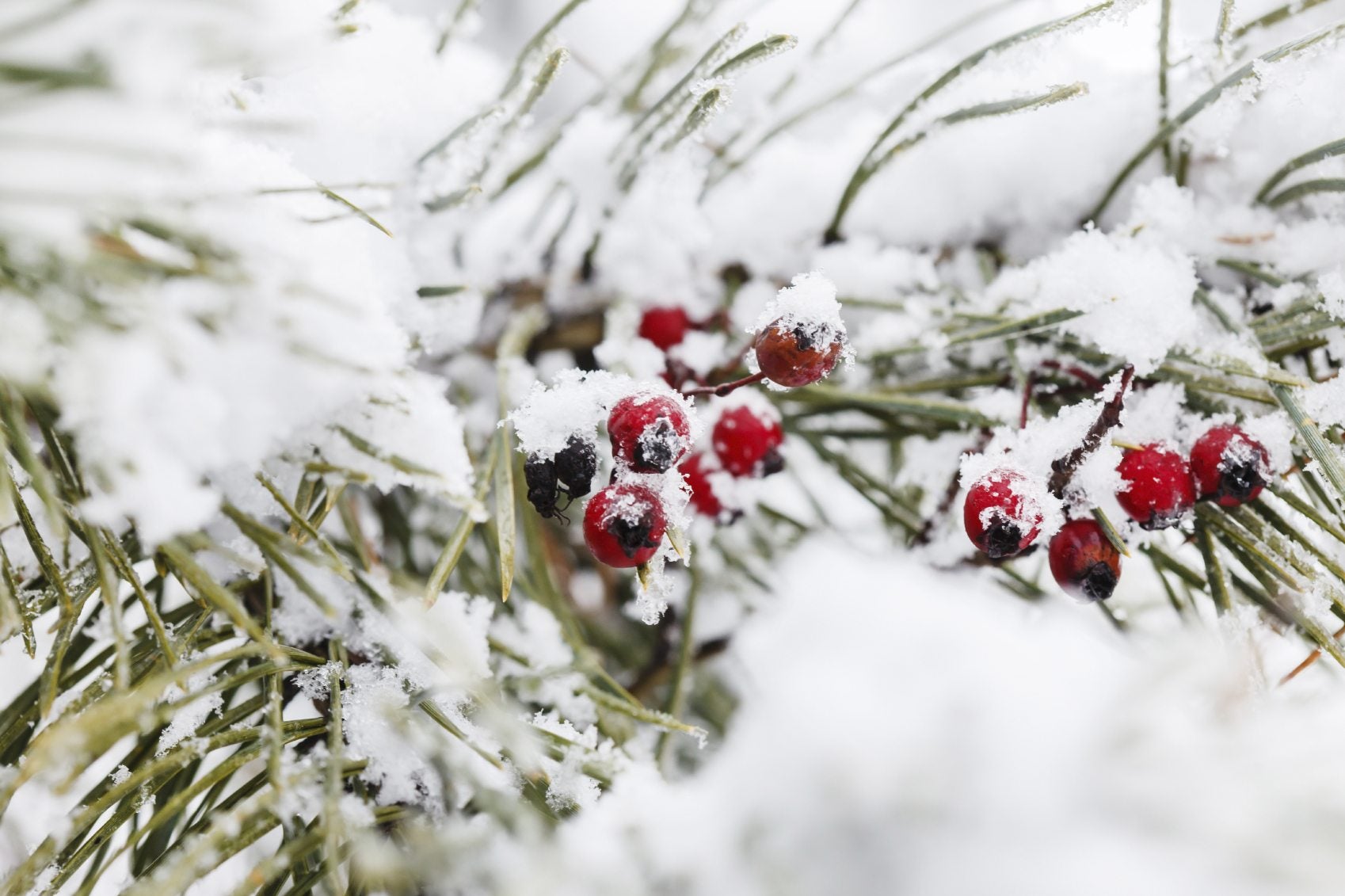 Yew Winter Damage: Tips On Treating Winter Damage On Yews
Yew Winter Damage: Tips On Treating Winter Damage On YewsWinter's chill can harm many types of trees, including yews. Contrary to what you might think, winter injury to yews doesn't generally follow an extremely cold winter. Click this article for information about yew winter damage.
By Teo Spengler
-
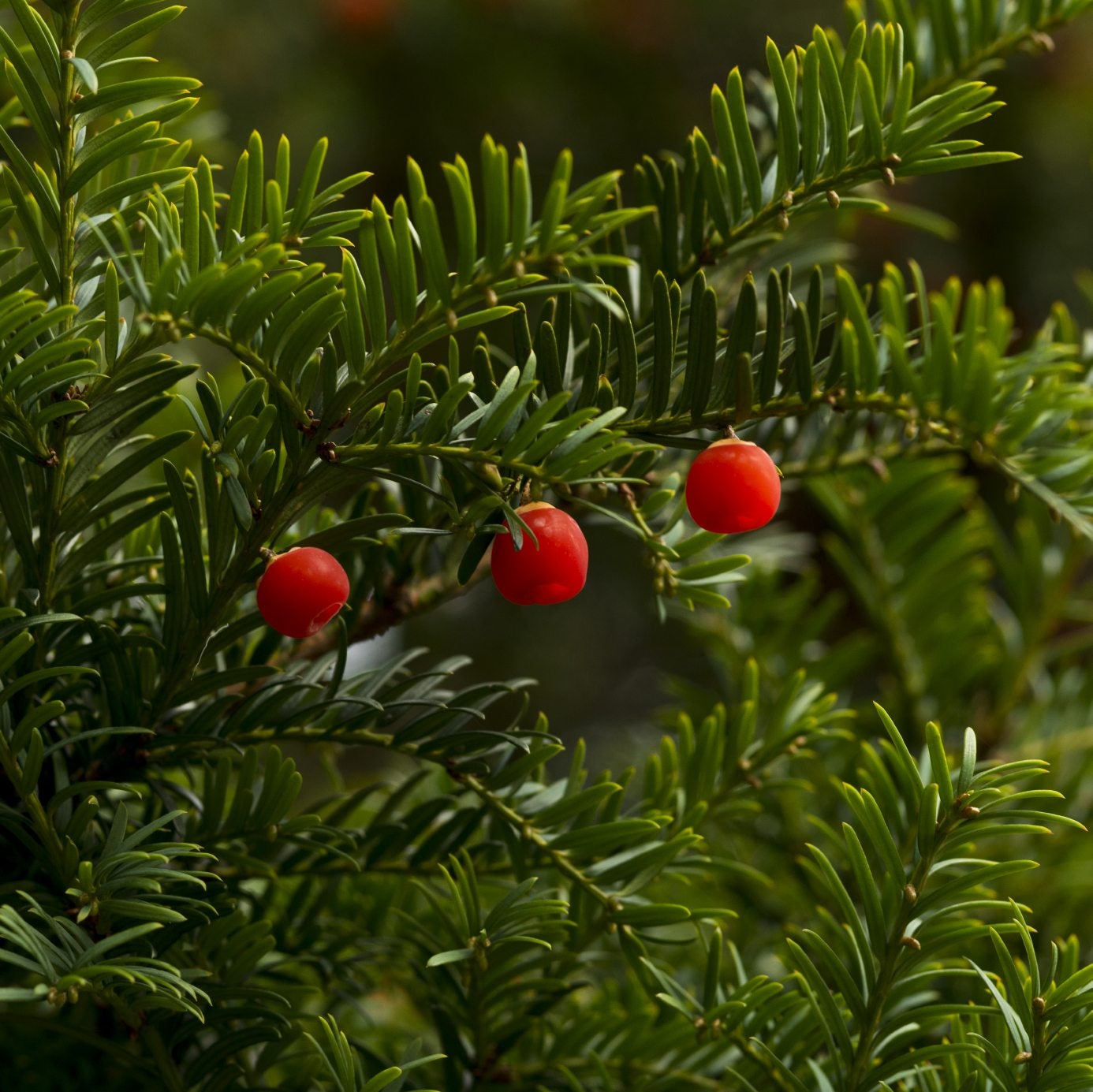 Japanese Yew And Dogs - Info About Japanese Yew Plants
Japanese Yew And Dogs - Info About Japanese Yew PlantsJapanese yew trees come in a wide range of sizes, from dwarfs that rarely exceed 2.5 feet to large specimens that can grow more than 50 feet tall. Read this article to find out whether this lovely and versatile plant is right for your garden.
By Jackie Carroll